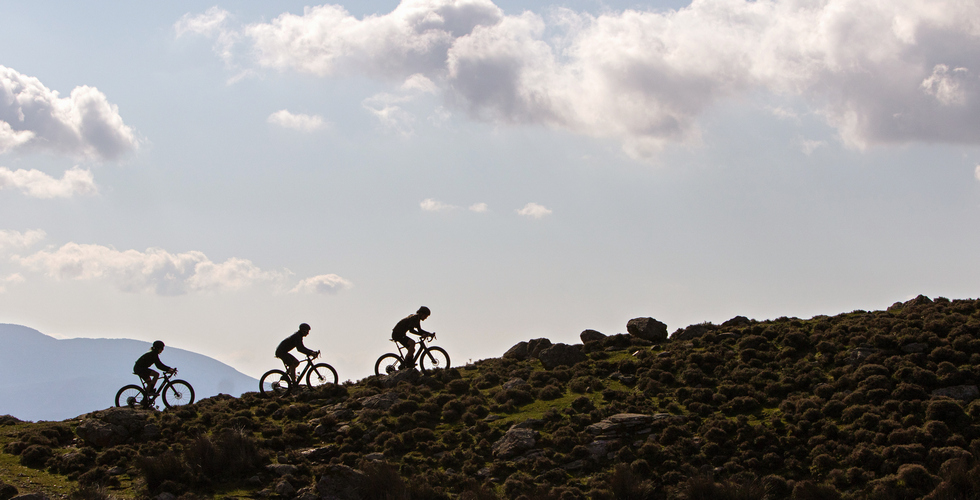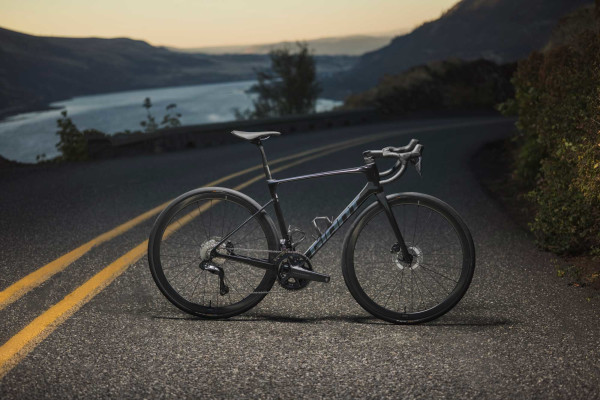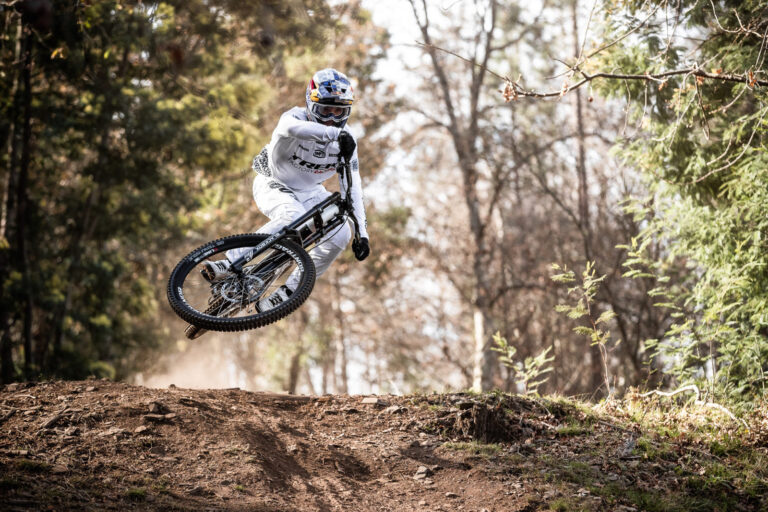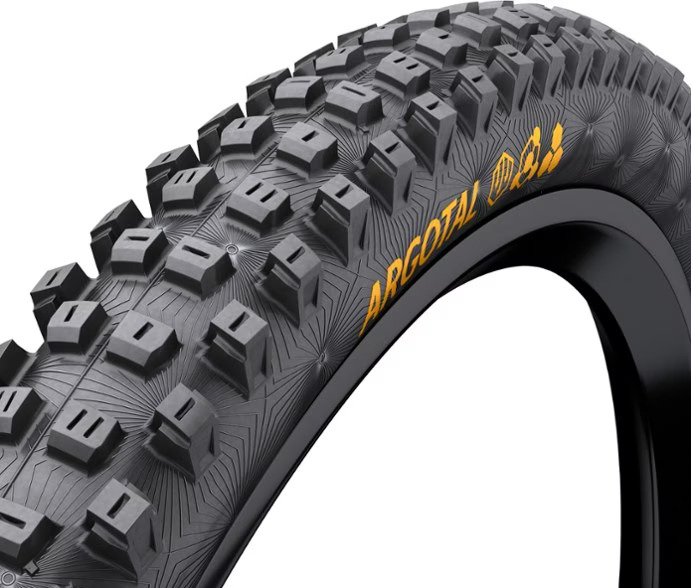Brake Systems for Gravel Bikes: Mastering Control on Varied Terrain

Key Point Summary of Brake Systems for Gravel Bikes:
- Braking Systems Are Crucial for Gravel Biking: Ensures safety and control over diverse terrains.
- Hydraulic vs. Mechanical Disc Brakes: The two main types of brakes found in gravel bikes, each with its pros and cons.
- Hydraulic Disc Brakes Offer Superior Performance: They provide more consistent braking with less effort, especially in wet and muddy conditions.
- Mechanical Disc Brakes Are Easier to Maintain: While they may require more force to operate, they’re simpler to repair and adjust, making them a good option for those who prefer DIY maintenance.
Navigating the world of gravel biking brings a thrilling mix of adventure, challenge, and the sheer joy of exploring less-traveled paths. As a masters cyclist who has experienced the evolution of biking across mountain terrains, cyclocross mud pits, and now the unpredictable gravel tracks, I’ve come to appreciate one aspect above many others: the braking system. Let’s dive into an essential guide on brake systems for gravel bikes, designed to empower cyclists from beginner to mid-level with the knowledge to make informed choices.
The Importance of Reliable Braking on Gravel
Gravel biking routes are a patchwork of surfaces — from smooth, hard-packed dirt to loose stones and everything in between. Each of these surfaces presents its own challenges, particularly when it comes to slowing down and stopping safely. Early in my gravel biking adventures, I learned the hard way that not all brake systems are created equal. A close call on a steep, gravelly descent made it crystal clear: reliable system are non-negotiable.

Beyond the Technical: A Broader Perspective on Gravel Bike Braking Systems
In the realm of gravel biking, where the terrain can shift from smooth pavement to loose gravel or mud within the same ride, the choice of a braking system becomes more than just a technical consideration—it’s about confidence and enjoyment on the bike. The conversation around mechanical versus hydraulic disc brakes often centers on performance metrics, maintenance, and personal preference. However, stepping back to a broader perspective, it’s clear that the underlying goal of any braking system on a gravel bike is to ensure the rider’s safety, control, and comfort, regardless of the surface beneath their tires.
From this vantage point, the debate between hydraulic and mechanical systems transforms into a discussion about how each rider interacts with their environment. Some cyclists are drawn to the reliability and tactile feedback of mechanical brakes, appreciating their simplicity and the reassurance that they can be adjusted or repaired in the field with minimal tools. Others might prioritize the enhanced stopping power and smoother lever action of hydraulic brakes, valuing how these features can reduce fatigue and increase precision during long descents or in adverse weather conditions.
Ultimately, the general consensus in the gravel biking community tends toward inclusivity and the recognition that diverse preferences lead to a richer, more vibrant cycling culture. Whether a rider chooses hydraulic or mechanical brakes, the key is finding a system that resonates with their riding style and the challenges they seek to conquer. This holistic approach to choosing a braking system underscores the essence of gravel biking itself: a celebration of freedom, exploration, and the personal journey of discovery on two wheels.
Hydraulic vs. Mechanical Disc Brakes: A Detailed Look
Hydraulic Disc Brakes use fluid (usually oil) to transfer force from the lever to the brake caliper, which then clamps the brake pads onto the disc rotor attached to the wheel, slowing it down. The main advantages of hydraulic brakes are their superior stopping power and less manual effort required for braking. This can be a game-changer on long descents or when navigating through technical terrain, where precise control and less hand fatigue can significantly enhance rider safety and comfort.
However, hydraulic systems can be more complex and expensive to maintain, requiring specialized knowledge or a trip to the bike shop for repairs and adjustments. Despite this, the performance benefits often outweigh the maintenance and cost for many gravel riders.

Mechanical Disc Brakes, on the other hand, operate through a cable that pulls the brake caliper to engage the brake pads with the rotor. While mechanical might require more force at the lever to achieve the same stopping power as hydraulic, their simplicity is a big plus. They’re generally easier and cheaper to maintain, making them an excellent choice for riders who prefer to handle their own bike maintenance or for those who prioritize simplicity and cost-effectiveness over the ultimate braking performance.

Wrapping Up: Choosing the Right Brake System
Deciding between hydraulic and mechanical disc brakes for a gravel bike comes down to personal preference, riding style, and maintenance comfort level. Hydraulic brakes offer superior performance and are a fantastic choice for those who prioritize braking efficiency and control.

For instance, the Trek Checkpoint SL series, equipped with hydraulic disc brakes, provides exceptional stopping power and control across varied gravel conditions. On the other hand, mechanical brakes, with their ease of maintenance and reliability, remain a solid option for riders who value simplicity and the ability to perform quick repairs. The Salsa Journeyman is a great example of a gravel bike that uses mechanical disc brakes, offering robust performance with the added benefit of easier maintenance.

Regardless of the choice, the key is understanding the capabilities and limitations of your brake system and adjusting your riding accordingly. As you gain experience and push the boundaries of your gravel riding adventures, your preferences may evolve. The beauty of cycling, after all, is in its diversity and the endless opportunities for learning and growth.
As you explore the gravel paths less traveled, remember that the right brake system not only ensures your safety but also enhances the joy and freedom of your rides.
FAQ
Do gravel bikes need hydraulic brakes?
Gravel bikes don’t necessarily need hydraulic brakes, but they are often preferred for their superior stopping power and control, especially in wet and muddy conditions.
Why do gravel bikes have mechanical brakes?
Gravel bikes may have mechanical brakes because they’re easier and cheaper to maintain, making them a good choice for riders who value simplicity and might be riding in remote areas where field repairs are more likely.
Which bike braking system is best?
The best bike braking system depends on the rider’s needs: hydraulic disc brakes offer better performance and less effort to operate, while mechanical disc brakes offer simplicity and ease of maintenance. Personal preference, riding conditions, and maintenance capability should guide the choice.
Can gravel bikes have rim brakes?
Yes, gravel bikes can have rim brakes, although they are less common. Rim brakes are lighter and simpler, but they typically offer less stopping power and control compared to disc brakes, especially in wet or muddy conditions.
Here’s to many miles of safe and exhilarating gravel biking adventures ahead!
John





